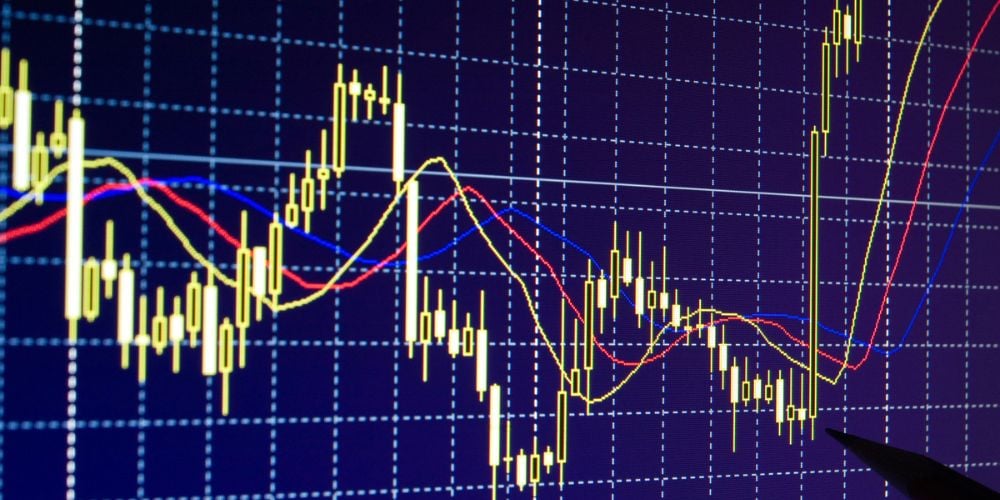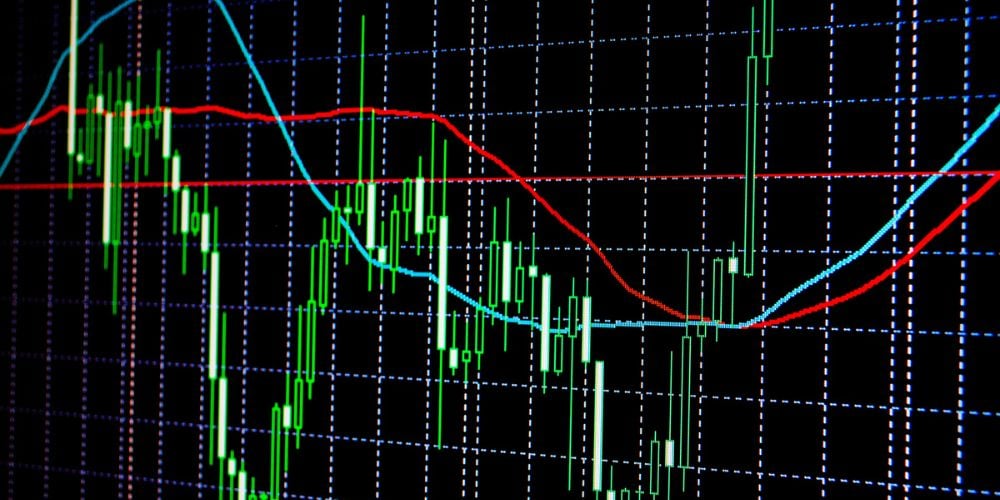In the realm of stock trading, success isn’t just about making informed decisions in the present. It’s equally about learning from the past.
This is where backtesting — a key technique used by traders to hone their strategies — comes into play. Let’s learn how to backtest a stock trading strategy.
Understanding Backtesting
Backtesting is the process of testing a trading strategy using historical data. It helps traders understand how their strategy would have performed in the past. This technique is crucial because it provides insights without risking actual money.
Theoretical Foundations of Backtesting
At its core, backtesting rests on the belief that history, while not repeating itself exactly, often rhymes. By analyzing how a trading strategy would have fared during past market conditions, traders can gain confidence in their strategy or identify areas for improvement.
Why Traders Backtest Strategies
Traders backtest strategies to validate their trading ideas. Through backtesting, they can see how their approach to buying and selling would work under various market conditions. This process is fundamental in building a solid trading plan.

How to Backtest a Stock Trading Strategy?
Starting a backtest requires careful preparation. The quality and scope of the historical data you choose will directly affect your backtesting’s accuracy.
Selecting the Right Historical Data
Select historical data that matches your trading strategy’s needs. For day traders, this means obtaining intraday data. Long-term investors might look at daily, weekly, or even monthly price points.
Understanding the Limits of Historical Data
Historical data is not perfect. Market conditions change, and past performance is not a reliable indicator of future results. Thus, traders should view backtesting as a tool for strategy refinement, not a guarantee of future success.
Choosing Your Tools and Software for Backtesting
The backtesting process can be manual or automated, and there are tools available for both approaches.
Manual vs Automated Backtesting Tools
Manual backtesting involves visually inspecting historical charts to simulate trades. Automated backtesting, on the other hand, uses software to test the strategy across a dataset automatically.
Popular Backtesting Software Overview
Software solutions like MetaTrader, TradingView, and QuantConnect offer powerful backtesting features. They vary in complexity and capability, making it important to choose one that suits your level of expertise and your strategy’s requirements.
Crafting Your Trading Strategy for Backtesting
A clear, well-defined strategy is essential for meaningful backtesting results.
Defining Your Trading Rules
Your strategy should have specific criteria for entering and exiting trades. This includes indicators, price levels, or other signals you use to make decisions.
Setting Up Your Strategy Parameters
Parameters like stop loss, take profit levels, and position size must be defined clearly. These details will influence the strategy’s risk and return profile.
Risk Management Techniques
Incorporating risk management practices is critical. This ensures that your backtesting scenario realistically accounts for potential losses.
Executing the Backtest
Running the backtest and analyzing the results are the next steps. These phases are crucial for understanding your strategy’s viability.
Running the Backtest
Execute the backtest using your chosen software or manual methods. Ensure the historical data covers various market conditions for a comprehensive test.
Analyzing the Backtest Results
Review the outcomes critically. Look for patterns in the strategy’s performance across different market scenarios. This phase is about learning and refining.

Interpreting Your Results
Understanding what the backtest results mean is vital in making informed adjustments to your strategy.
Key Performance Metrics to Evaluate
Metrics like Sharpe ratio, win rate, and drawdown provide insights into the strategy’s risk and return dynamics. They highlight strengths and weaknesses in your approach.
Common Pitfalls in Interpreting Backtest Results
Beware of overfitting, where a strategy works well in the backtest but fails in real-world trading. This often happens when the strategy is too narrowly tailored to past data.
When to Modify or Abandon a Trading Strategy
If results consistently fall short of your objectives, it might be time to refine or replace your strategy. Flexibility is key in trading.
Optimizing Your Strategy Post-Backtest
After backtesting, optimizing your strategy for better performance is the next logical step.
Tweaking Based on Performance
Make adjustments based on the insights gained. This could mean changing parameters, rules, or even the fundamental logic of the strategy.
Forward Testing – The Next Step
Forward testing, or paper trading, involves testing the strategy in real-time with virtual money. This is an essential step before committing real capital.
Frequently Asked Questions
How do I know if my backtest results are reliable?
Look for consistency across various market conditions and ensure your historical data is comprehensive and high-quality.
Can I rely solely on backtesting to make trading decisions?
No. Backtesting is a tool for refinement, not a crystal ball. Combine it with other research and analysis methods.
What is the difference between backtesting and paper trading?
Backtesting tests a strategy against historical data, while paper trading tests the strategy in the current market environment without risking real money.
How can I backtest a strategy if I don’t know how to code?
Many trading platforms offer user-friendly ways to backtest strategies without needing to code. Look for platforms with visual strategy builders or simple scripting languages.
Conclusion
Backtesting is a valuable step in the trading strategy development process. It provides a sandbox for testing ideas and making improvements without financial risk. Remember, the goal of backtesting isn’t to prove that a strategy works in every scenario but to ensure it’s robust enough to withstand the complexities of the market.
Consistently refining your approach through backtesting and forward testing will pave the way for a more disciplined and potentially profitable trading journey.


 Tags:
Tags:










